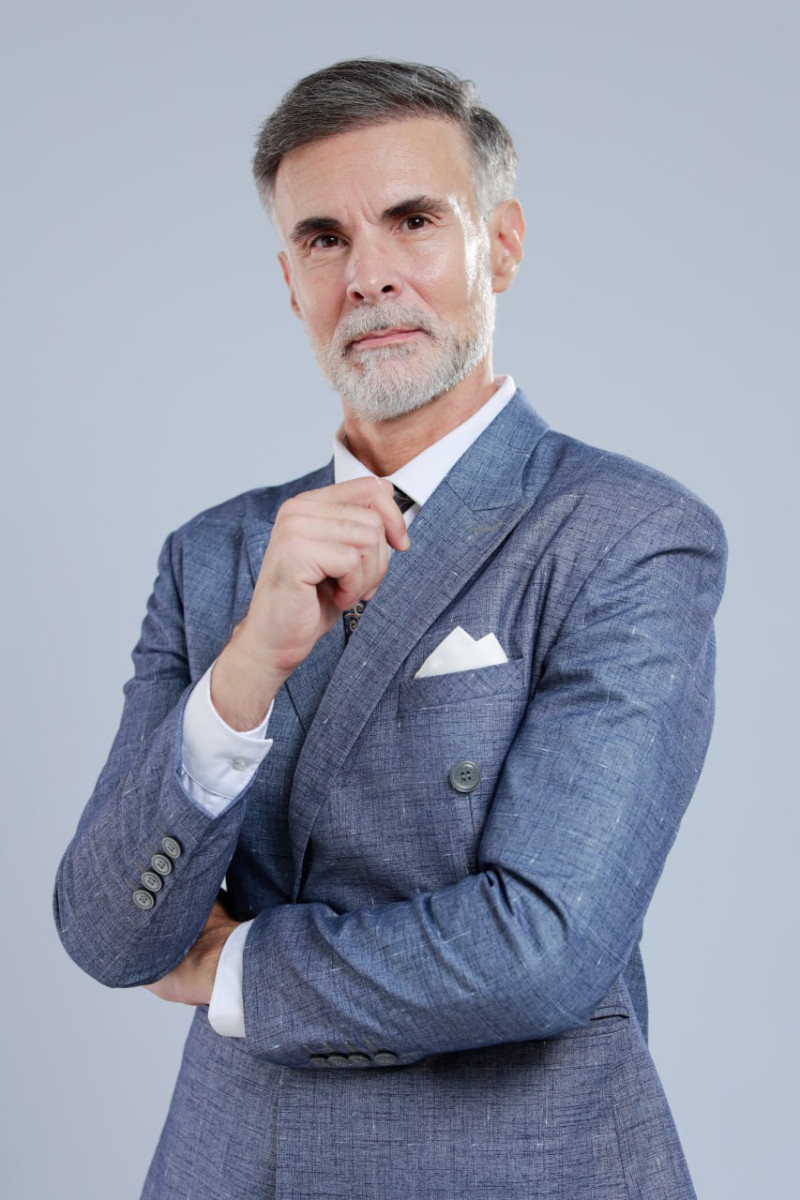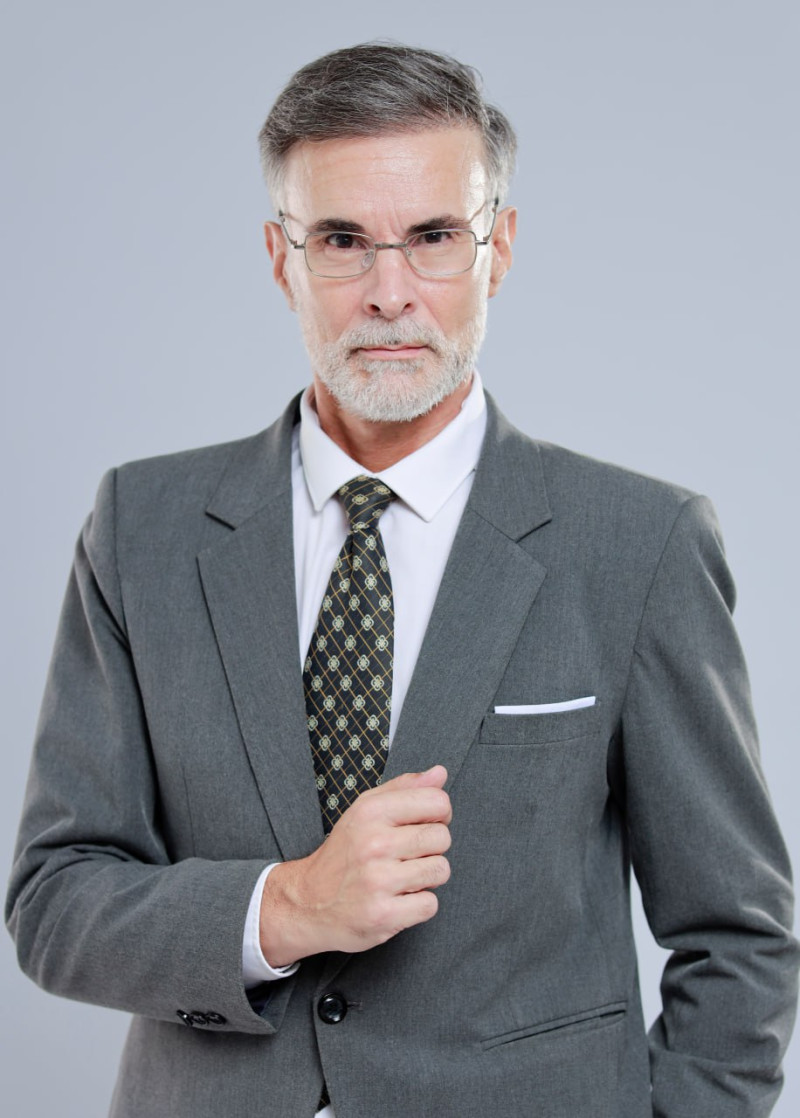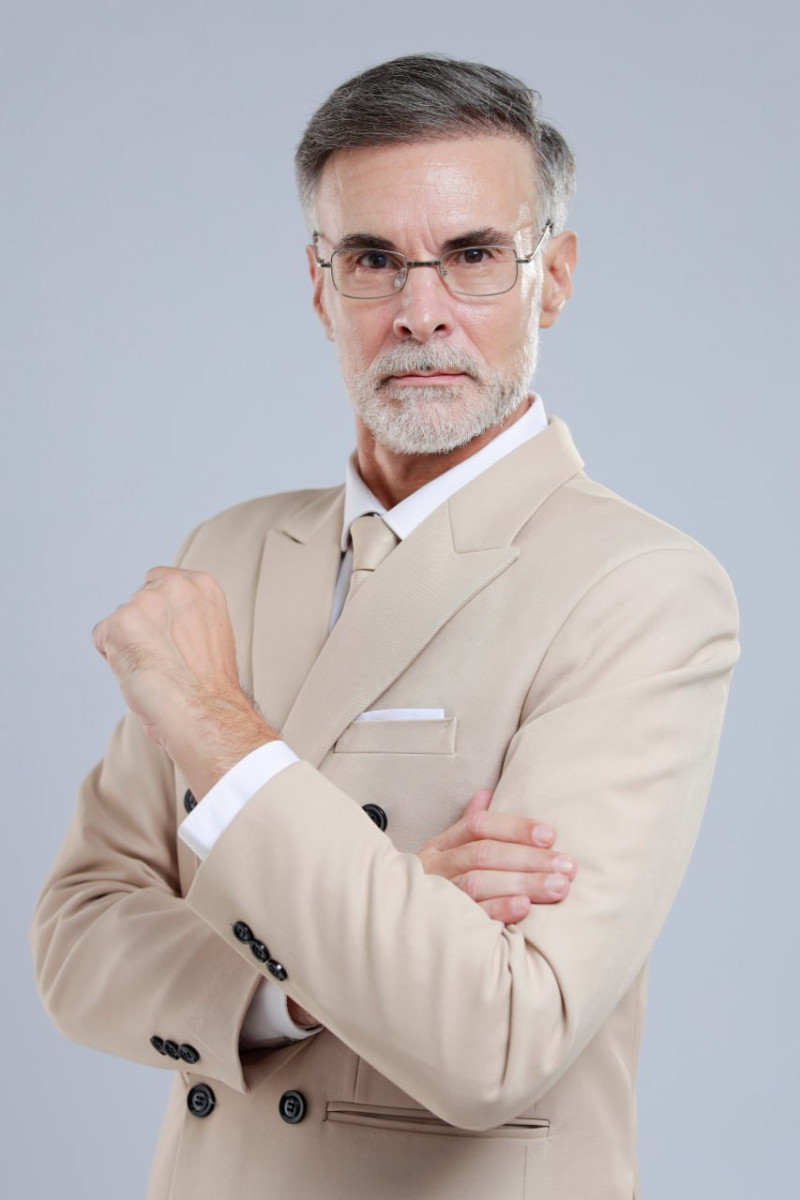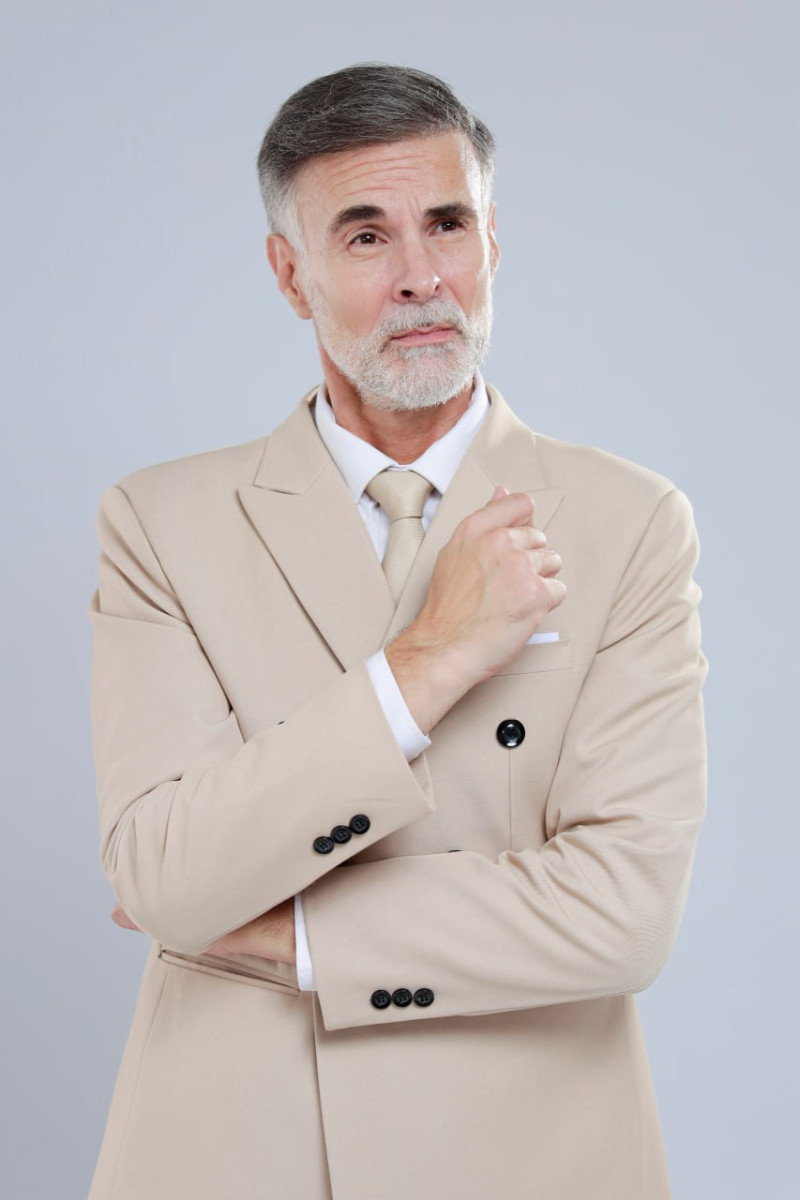Why The City Will Survive The Age Of Pandemics And Remote Work
Bad predictions are an occupational hazard for forecasters. And, on this front, the late futurist Alvin Toffler was not immune. Human cloning by the 1980s? Nope. Toffler was a renowned writer who accurately described many forces that would reshape the world. But along with his many good predictions, there were many bad ones. And what only a few years ago looked like another one of his duds — that remote work would kill the office and lead to urban decline — may now seem prophetic.
In his 1980 book, The Third Wave, Toffler argued that mankind was on the verge of a third wave of change that would wash away the existing industrial order and send many of us surfing toward a new way of living and working. The first wave began around 10,000 years ago when hunter-gatherers settled down on farms and began harvesting crops and domesticating animals. Humanity, for the first time, could work from home. The second wave began around 300 years ago when mankind began leaving their agrarian cottages to work in factories and offices, ushering in the Industrial Age.
The third wave, Toffler said, was unleashed by computer and telecommunications technology. Writing at a time when fax machines were sexy and personal computers were still seen as mostly reserved for geeks, Toffler foresaw computers creating a world where most of humanity would leave factories and offices and return "right back where they came from originally: the home." The home, he wrote, would become an "electronic cottage." Skyscrapers and office parks would be reduced to "ghostly warehouses or converted into living space." The American economy would see "a decentralization and a de-urbanization of production." Hellish commutes would cease being hellish commutes. Cities would empty out like never before.
[Editor's note: This is an excerpt of Planet Money's newsletter. You can sign up here.]
Toffler inspired a cult following in places such as Silicon Valley, giving meaning to the technological forces they were unleashing. But Harvard University economist Ed Glaeser never bought his argument. He's been arguing why Toffler is wrong for decades. And in a new book, co-written with David Cutler, he's not backing down. It's called Survival of the City: Living and Thriving in an Age of Isolation.
Glaeser is one of the most distinguished scholars of urban economics and has long championed cities. Back in the early 1990s, when Glaeser first began writing about the fate of the metropolis in the post-industrial era, he was playing defense. Cities were struggling in the aftermath of big technological changes. Container ships and industrial machines ushered in urban deindustrialization, and automobiles and the interstate highway system ushered in suburbanization.
"Toffler was very much a product of the 1970s," Glaeser says. "Back then, it was natural to ask: If container ships could kill off urban manufacturing, why can't the fax machine and computers kill off urban information services?"
Some cities never really recovered from the deindustrialization of the mid to late 20th century. But as the millennium approached, several big cities with large populations of highly educated residents saw something of a renaissance. Far from de-urbanizing, as Toffler had predicted, these cities — and the offices within them — reasserted themselves as the undisputed centers of the economic universe. Glaeser constructed his own gleaming skyscraper of economic research that explained why that was the case.
"What globalization and technological change has done is radically increase the returns to being smart," Glaeser says. "And we are a social species that gets smart by being around other smart people. We create new ideas by being collaborative. And we communicate the most complex ideas by being face-to-face." It's why a globalized marketplace, with an instantaneous digital communication network, made dense and highly educated cities such as New York and San Francisco more valuable than ever.
For a long time, Glaeser was the undisputed victor of the argument. But then COVID-19 hit. "And all of a sudden, Toffler was right," Glaeser says. "Everyone's saying our offices and cities are going to be empty."
But while it's undeniable that cities have been devastated by the pandemic, Glaeser continues to believe "the age of urban miracles is not over." Which is why he has co-authored Survival of the City. The book offers a fascinating global history of cities grappling with pandemics and a road map for cities to recover from the ongoing one.
While Glaeser remains bullish on the resurgence of cities and offices, he believes the Zoom revolution could still reshape our urban map. One reason is the cost of living in so-called superstar cities, which failed to create enough housing supply for their labor demand and got prohibitively expensive. He foresees Zoom opening up a world where more entrepreneurs and brainiac workers could connect with Manhattan and Silicon Valley head honchos and investors from afar. These professionals will still work together most of the time in offices, where they can benefit from being face-to-face, but now they can do so in a wider variety of locations. Think more coders and engineers surfing in Honolulu, skiing in Aspen, Colo., and enjoying barbecue and low taxes in Texas (but still going into a local office a few days a week).
Skyscrapers and office parks in superstar cities of the pre-2020 era may continue to sit partially vacant as demand for commercial real estate fails to recover, and Glaeser sees some of them being converted into residences. Kind of like how garment factories in Lower Manhattan got converted into posh loft apartments when clothing production moved overseas. Superstar cities, he says, may get grittier and more affordable, and there may be a painful period of readjustment, but that won't spell doomsday for them.
Glaeser says big cities such as New York and San Francisco will continue to hold appeal, especially for young people. The bars. The music scenes. The career and consumption opportunities. Density creates a lot of stimulating and exciting stuff to do, and people will continue to flock to places that have it.
We're not saying that Glaeser is necessarily right about the future. It's possible Toffler's "electronic cottages'' could ultimately kill offices and decimate cities. And, to Toffler's credit, his writings were influential and have helped bring this vision closer to reality. His book The Third Wave inspired a generation of innovators and even the Chinese Communist Party. Steve Case, the founder and former CEO of AOL, explicitly cites The Third Wave as inspiring him in college to work in the tech industry and help create an online world.
Toffler was certainly right about one thing today: There is a wave of change that's been created by technology. That wave has been energized by the pandemic, and right now we're all surfing it together. We just don't know where it's going to take us.
Did you enjoy this newsletter segment? Well, it looks even better in your inbox! You can sign up here.
Disclaimer: The copyright of this article belongs to the original author. Reposting this article is solely for the purpose of information dissemination and does not constitute any investment advice. If there is any infringement, please contact us immediately. We will make corrections or deletions as necessary. Thank you.







